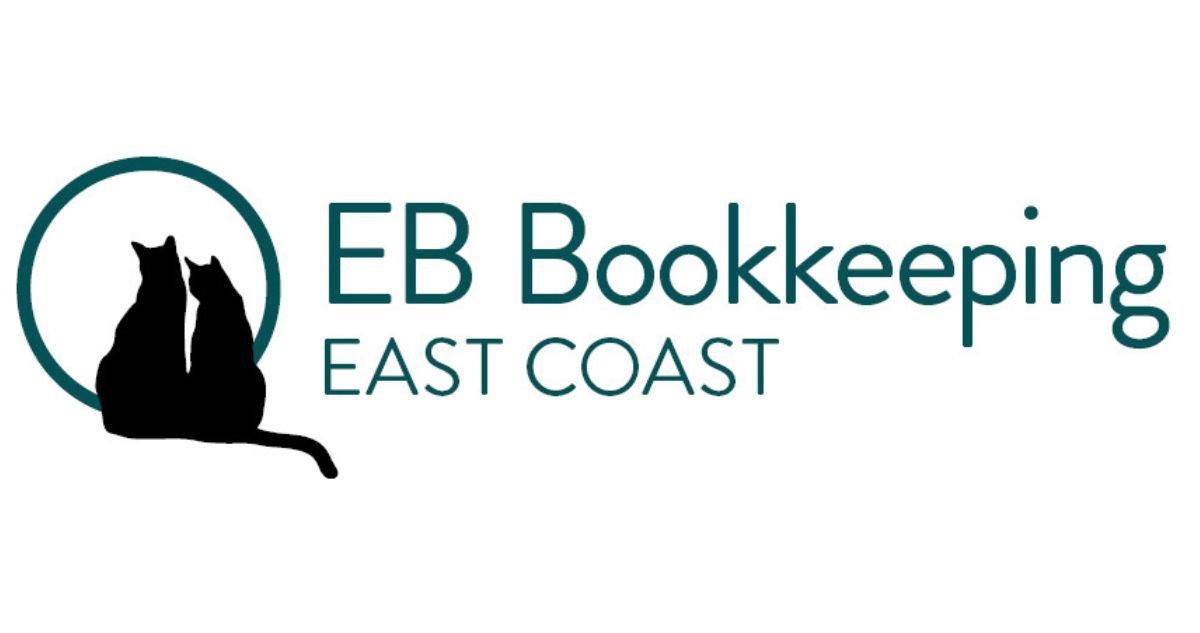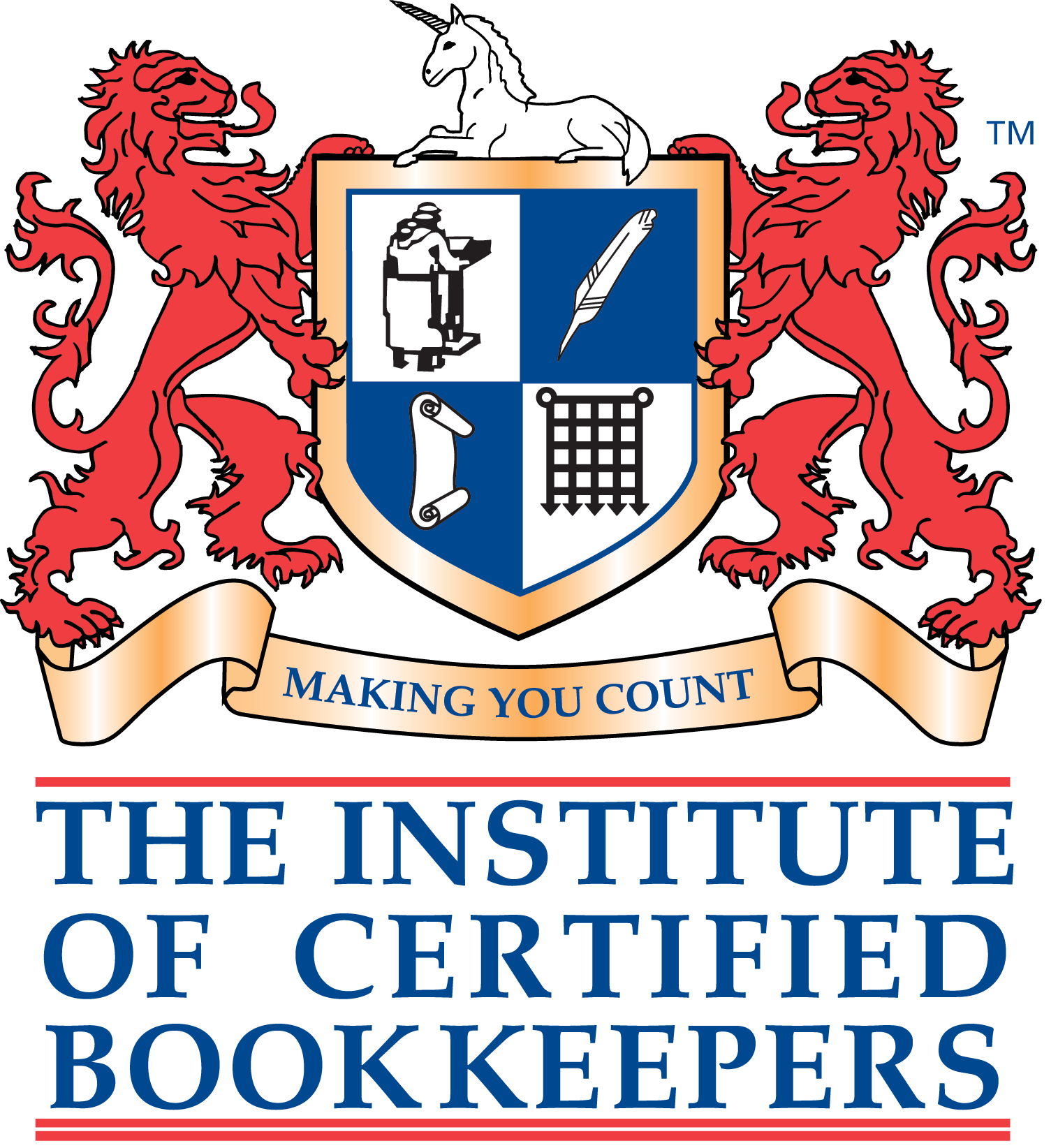Breaking Down Business Budgets: How to Plan for Success
Keeping track of your financial situation through budgeting is key to business success.

A well-structured business budget is the foundation of financial success. Without it, small business owners can struggle with cash flow, unexpected expenses, and missed opportunities for growth. In this guide, we’ll break down the key components of a business budget and provide practical tips to help you plan for success.
Why a Business Budget Matters
A budget isn’t just about tracking expenses—it’s a strategic tool that helps you:
- Ensure financial stability by planning income and expenses.
- Identify potential cash flow issues before they become problems.
- Set realistic goals for business growth and profitability.
- Make informed decisions about investments and cost-cutting.
Step 1: Identify Your Income Sources
The first step in budgeting is understanding your revenue streams. These may include:
- Sales of products or services
- Recurring client retainers or subscriptions
- Government grants or incentives
- Investment income
Estimate your monthly revenue based on historical data. If you’re a startup, use industry benchmarks or conservative estimates to avoid overestimating income.
Step 2: List Your Fixed and Variable Expenses
Break your expenses into two categories:
Fixed Expenses (Predictable costs that stay consistent each month):
- Rent or mortgage payments
- Insurance (business, liability, health)
- Salaries and wages
- Software subscriptions (e.g., Xero, QuickBooks, marketing tools)
- Loan repayments
Variable Expenses (Costs that fluctuate based on business activity):
- Raw materials and inventory purchases
- Marketing and advertising
- Utilities and office supplies
- Travel and conferences
- Professional services (legal, bookkeeping, consulting)
Step 3: Account for Taxes and Compliance Costs
One of the most overlooked budget items is tax obligations. Plan for:
- GST if you are registered (ensuring accurate BAS lodgement)
- PAYG withholding tax for employees
- Superannuation contributions
- Yearly income tax obligations
Setting aside a portion of revenue in a separate account can prevent last-minute financial strain.
Step 4: Plan for Unexpected Expenses
No business is immune to surprises—whether it’s equipment breakdowns, economic downturns, or emergency repairs. A business contingency fund should cover at least three to six months’ worth of operating expenses to cushion against unexpected financial difficulties.
Step 5: Monitor and Adjust Regularly
Your business budget isn’t static—it should evolve as your business grows.
• Review your budget monthly or quarterly to track performance.
• Adjust estimates based on actual revenue and expense trends.
• Identify areas where you can cut costs or increase investment.
How EB Bookkeeping East Coast Can Help
Budgeting can be overwhelming, but you don’t have to do it alone. At EB Bookkeeping East Coast, we offer:
- Budget planning services to help you create a realistic and sustainable financial plan.
- Cash flow forecasting to ensure you never run into liquidity issues.
- BAS lodgement and compliance support to keep your finances on track.
Final Thoughts
A well-planned budget is a roadmap to business success. By tracking income, managing expenses, and planning for taxes and unexpected costs, you can build a financially stable and profitable business.
Need help creating or managing your business budget? Contact EB Bookkeeping East Coast today for a FREE 30-minute discovery call and take control of your financial future.
QUICK LINKS






